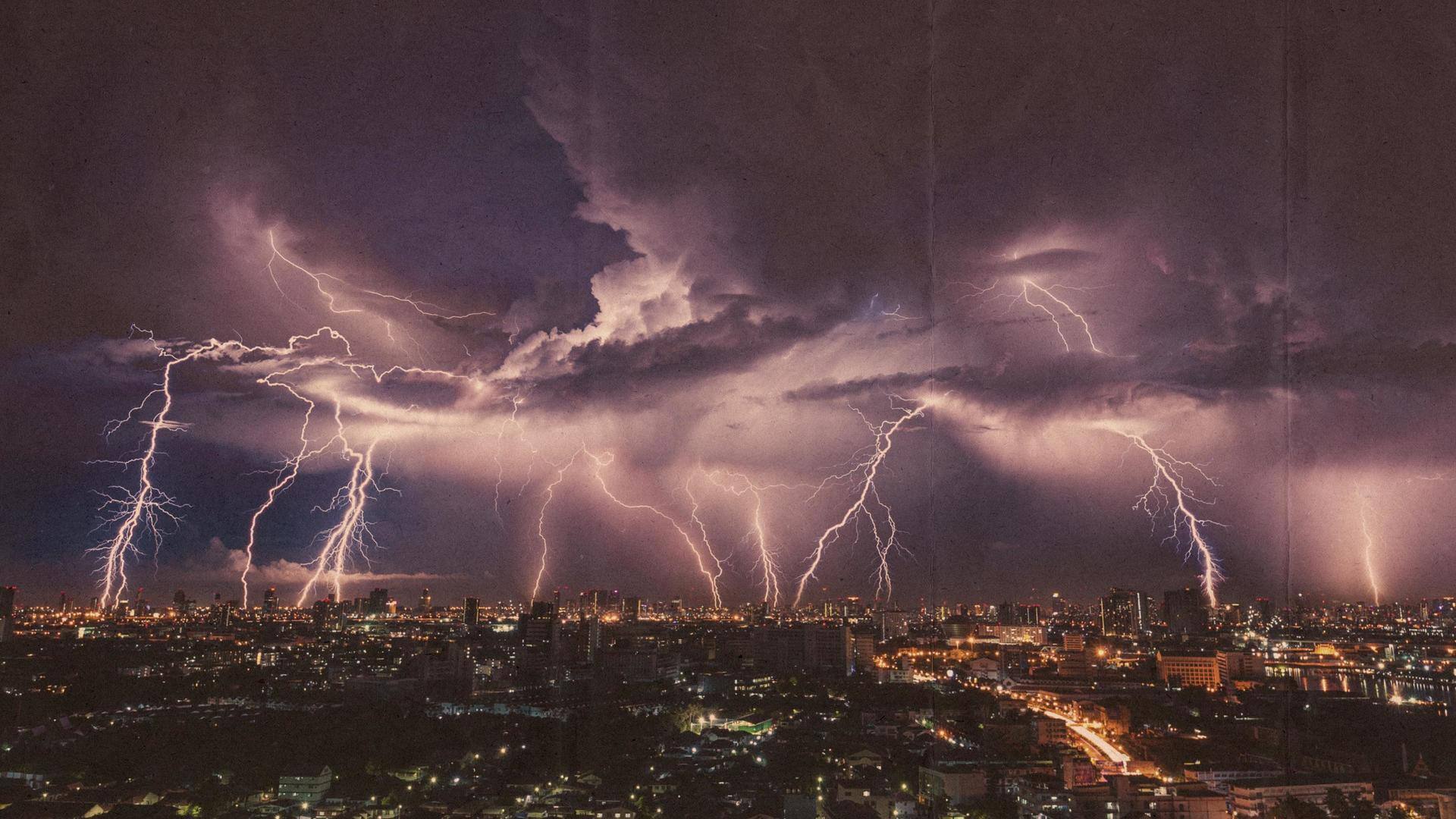
Brace for another spell of rain, thunderstorms in northwest India
What's the story
After unseasonal showers and thunderstorms lashed northwest India on Saturday, another intense western disturbance is expected to bring similar weather and disrupt normal life in the region on Monday and Tuesday.
The India Meteorological Department (IMD) on Sunday issued an orange alert, warning of thunderstorms until Tuesday, and asked the authorities to stay prepared for thunderstorm-related emergencies across northwest India.
Context
Why does this story matter?
Saturday saw the strongest thunderstorm in northwest India this season, with wind gusts up to 110kmph disrupting flight movement and uprooting trees.
Although thunderstorms are expected between March and May, this season is witnessing heightened activity.
No heatwave conditions are expected till Wednesday, as the monsoon is currently over Nancowry in the Nicobar Islands and is expected to arrive in Kerala by next week.
Information
North India received 25% excess rain, central India 145%
The pre-monsoon season between March 1 and this Saturday saw 14% excess rain across the country. While northwest India received 25% excess rain, central India got 145%, and the peninsular south saw 42% excess rain. Meanwhile, east and northeast India saw a 31% rain deficiency.
Twitter Post
Heavy rainfall likely over Rajasthan, Tamil Nadu
Latest satellite imagery shows possibility of light to moderate spells of rain accompanied with thunderstorms/lightning/gusty winds activity over some parts of Rajasthan, Punjab, Madhya Pradesh, Jammu & Kashmir and Andaman & Nicobar Islands during next 3-4 hours. pic.twitter.com/HWK7ZKFnh2
— India Meteorological Department (@Indiametdept) May 29, 2023
System
Moisture intensifying western disturbance
Per IMD senior scientist RK Jenamani, the western disturbance between last Tuesday and Saturday was likely this year's strongest.
He added that this resulted in dust storms and squalls in Delhi, Haryana, Rajasthan, and Uttar Pradesh.
The moisture incursion from the Arabian Sea and the Bay of Bengal is further intensifying the weather systems and is expected to induce cyclonic circulation over north India.
Temperatures
Cyclonic circulation lying over Rajasthan
The western disturbance has brought down the maximum temperatures across the region.
Moist winds from the Arabian Sea are likely to intensify rain and thunder activity.
Reportedly, a cyclonic circulation is lying over southwest Rajasthan, with a trough running from this system to northeastern Madhya Pradesh. Meanwhile, another trough is running from southeast MP to south Tamil Nadu in lower tropospheric levels.